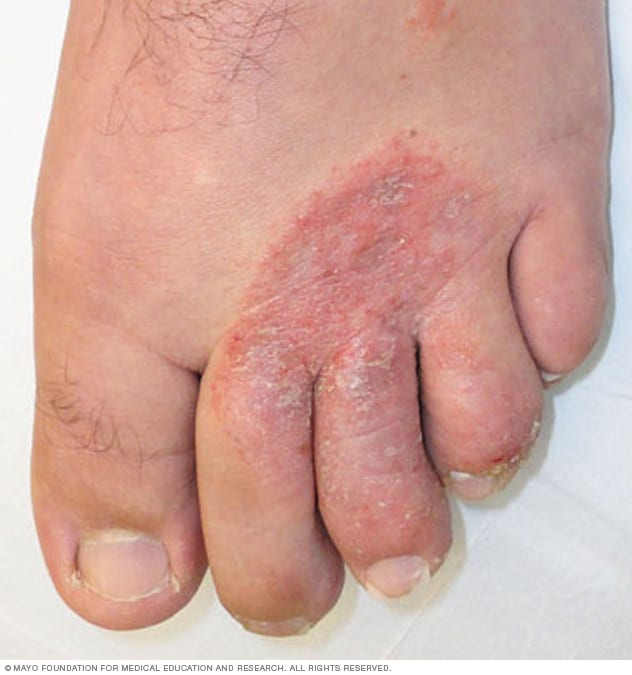Athlete’s Foot: What You Need to Know

Athlete’s foot is a common fungal infection that affects the skin of the feet. It is caused by a fungus that thrives in warm, moist environments. Athlete’s foot can cause a variety of symptoms, including itching, burning, scaling, and cracking of the skin. In some cases, Athlete’s foot can also lead to blisters or a more serious infection.
The most common symptoms of athlete’s foot include:
- Itching between the toes
- Burning or stinging of the feet
- Scaly, peeling, or cracked skin between the toes
- Redness, swelling, or warmth of the affected area
- Blisters
- Thickened, discoloured toenails
Some Athlete’s foot infections are harder to detect. The margins of the foot can be affected, with the infection masquerading as simple hard skin.
If left undetected, the fungal infection can spread to the nails, causing discoloured and thickened toenails.
How to prevent Athlete’s Foot
There are a number of things you can do to help prevent Athlete’s foot, including:
- Keep your feet clean and dry. Wash your feet with soap and water daily and dry them thoroughly, especially between the toes. Use surgical spirit between the toes after drying to stop the skin getting too soft.
- Wear well-ventilated shoes. Avoid shoes that are made of synthetic materials, such as vinyl or rubber. These materials can trap moisture and create a breeding ground for fungus.
- Alternate your shoes. This will give your shoes time to dry out completely after each use.
- Wear flip flops or sliders in public places, rather than going barefoot. This will help protect your feet from exposure to fungal spores that may be present in locker rooms, showers, and other public areas.
- Don’t share shoes as this can spread Athlete’s foot.
How to cure Athlete’s Foot
If you think you have Athlete’s foot, it is important to see a podiatrist for diagnosis and treatment. There are a number of over-the-counter and prescription medications that can be used to treat Athlete’s foot. Your podiatrist will be able to recommend the best treatment for you. Treat the skin for a good week after the infection appears to have cleared.
You will also need to treat your shoes and socks to prevent re-infection, as the fungus can live in shoes for over a year. Shoes can be treated with an antifungal spray, whereas socks need to be washed at over 60 degrees Celsius to kill off fungal spores.
If you are concerned about Athlete’s foot, don’t hesitate to be seen by a podiatrist. Call us now on 020 8693 6000.



